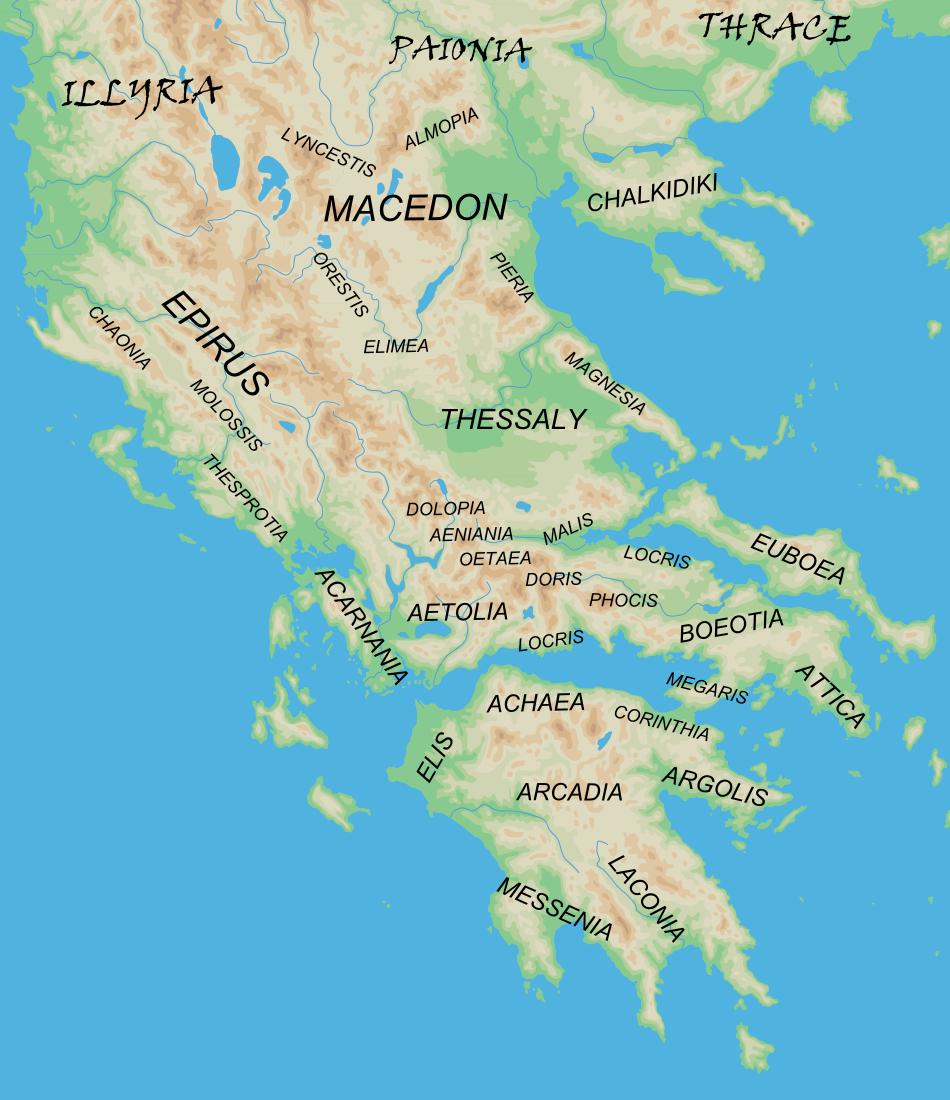|
Pithus
Pithus or Pithos () was a deme in ancient Attica of the ''phyle'' of Cecropis, sending three, four, or five delegates to the Athenian Boule. The name of the deme comes from Pittheus, the maternal grandfather of Theseus; so Theseus was originally a local hero. Pithus was head of Athena Pallene's league, along with Gargettus, Pallene, both neighboring Pithus, and Acharnae. The deme also celebrated its ''thesmophoria The Thesmophoria () was an ancient Greek religious festival, held in honor of the goddess Demeter and her daughter Persephone. It was held annually, mostly around the time that seeds were sown in late autumn – though in some places it was assoc ...'', led by two local women. Its site was unlocated. References Populated places in ancient Attica Former populated places in Greece Demoi Lost ancient cities and towns {{AncientAttica-geo-stub ... [...More Info...] [...Related Items...] OR: [Wikipedia] [Google] [Baidu] |
Deme
In Ancient Greece, a deme or (, plural: ''demoi'', δήμοι) was a suburb or a subdivision of Classical Athens, Athens and other city-states. Demes as simple subdivisions of land in the countryside existed in the 6th century BC and earlier, but did not acquire particular significance until the reforms of Cleisthenes in 508 BC. In those reforms, enrollment in the citizen-lists of a deme became the requirement for citizenship; prior to that time, citizenship had been based on membership in a phratry, or family group. At this same time, demes were established in the main city of Athens itself, where they had not previously existed; in all, at the end of Cleisthenes' reforms, Classical Athens, Athens was divided into 139 demes., Three other demes were created subsequently: Berenikidai (224/223 BC), Apollonieis (201/200 BC), and Antinoeis (AD 126/127). The establishment of demes as the fundamental units of the state weakened the ''genos, gene'', or aristocratic family groups, that ... [...More Info...] [...Related Items...] OR: [Wikipedia] [Google] [Baidu] |
Ancient Attica
The regions of ancient Greece were sub-divisions of the Hellenic world as conceived by the ancient Greeks, shown by their presence in the works of ancient historians and geographers or in surviving legends and myths. Conceptually, there is no clear theme to the structure of these regions. Some, particularly in the Peloponnese, can be seen primarily as distinct geo-physical units, defined by physical boundaries such as mountain ranges and rivers. Conversely, the division of central Greece between Boeotia, Phocis, Doris and the three parts of Locris, seems to be attributable to ancient tribal divisions and not major geographical features. Both types of regions retained their identity throughout the Greek Dark Ages and its tumultuous changes in the local population and culture, giving them a less political and more symbolic presence. Other geographical divisions not identified with the aforementioned areas did, however, change over time, suggesting a closer connection with tri ... [...More Info...] [...Related Items...] OR: [Wikipedia] [Google] [Baidu] |
Phyle
''Phyle'' (, ; pl. ''phylai'', ; derived from Greek , ''phyesthai'' ) is an ancient Greek term for tribe or clan. Members of the same ''phyle'' were known as ''symphyletai'' () meaning 'fellow tribesmen'. During the late 6th century BC, Cleisthenes organized the population of Athens in ten ''phylai'' (tribes), each consisting of three ''trittyes'' ("thirtieths"), with each ''trittys'' comprising a number of demes. Tribes and demes had their own officers and were self-administered. Some ''phylai'' can be classified by their geographic location, such as the Geleontes, the Argadeis, the Hopletes, and the Agikoreis in Ionia, as well as the Hylleans, the Pamphyles, the Dymanes in Doris. Attic tribes First period The best-attested new system was that created by Cleisthenes for Attica in or just after 508 BC. The landscape was regarded as comprising three zones: urban ('' asty''), coastal ('' paralia'') and inland ('' mesogeia''). Each zone was split into ten sections called ... [...More Info...] [...Related Items...] OR: [Wikipedia] [Google] [Baidu] |
Cecropis (tribe)
''Cecropis'' is a genus of large swallows found in Africa and tropical Asia. The red-rumped swallow's range also extends into southern Europe, and (in small numbers) into Australia. This genus is frequently subsumed into the larger genus ''Hirundo''. The swallow family Hirundinidae consists of 92 bird species which typically hunt insects in flight. The two river martins have long been recognised as very distinctive, and are placed in a separate subfamily, Pseudochelidoninae, leaving all other swallows and martins in the Hirundininae. DNA studies suggest that there are three major groupings within the Hirundininae subfamily, broadly correlating with the type of nest built. The groups are the "core martins" including burrowing species like the sand martin, the "nest-adopters", with birds like the tree swallow which use natural cavities, and the "mud nest builders". The ''Cecropsis'' species construct a closed mud nest and therefore belong to the latter group. It is believed that t ... [...More Info...] [...Related Items...] OR: [Wikipedia] [Google] [Baidu] |


